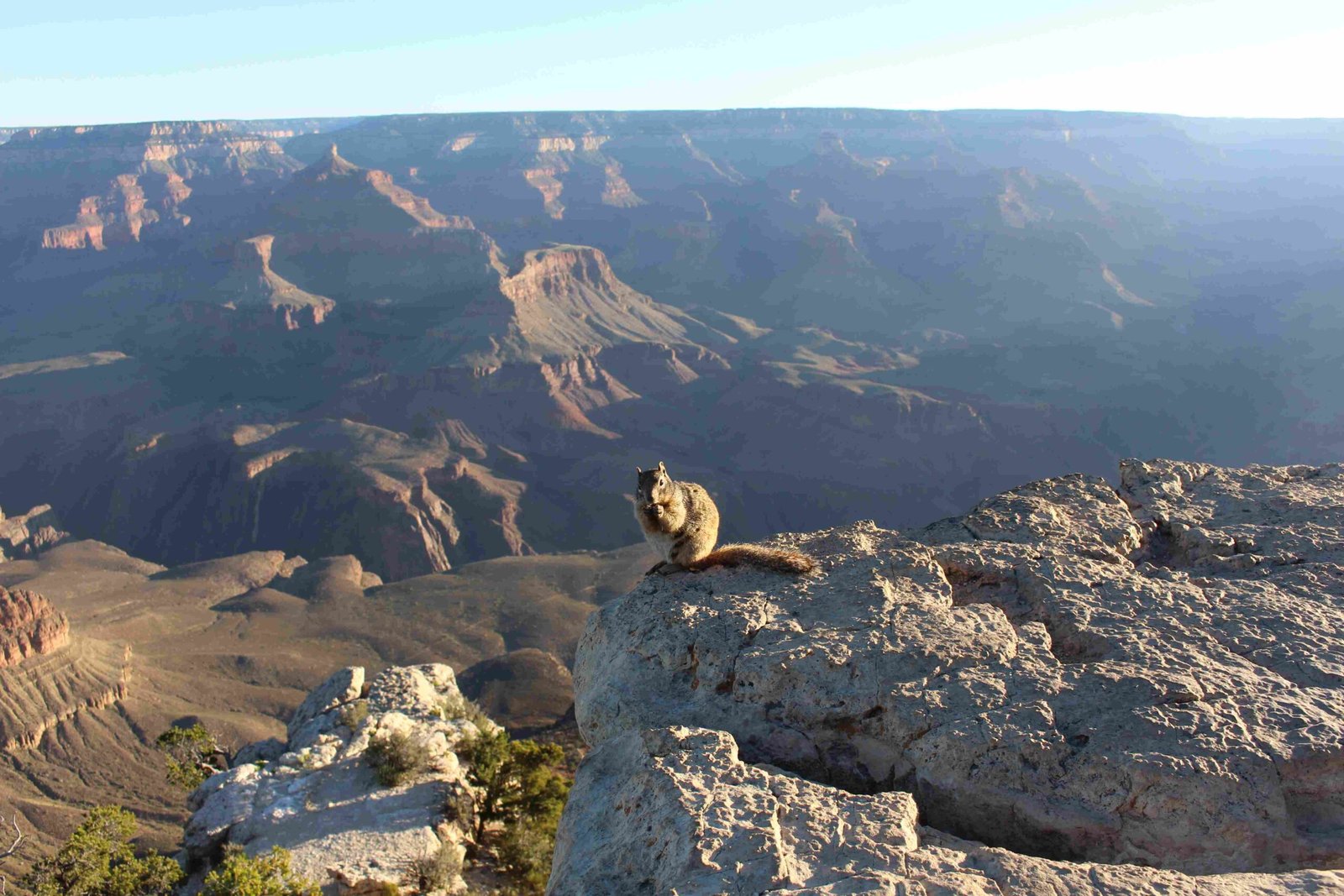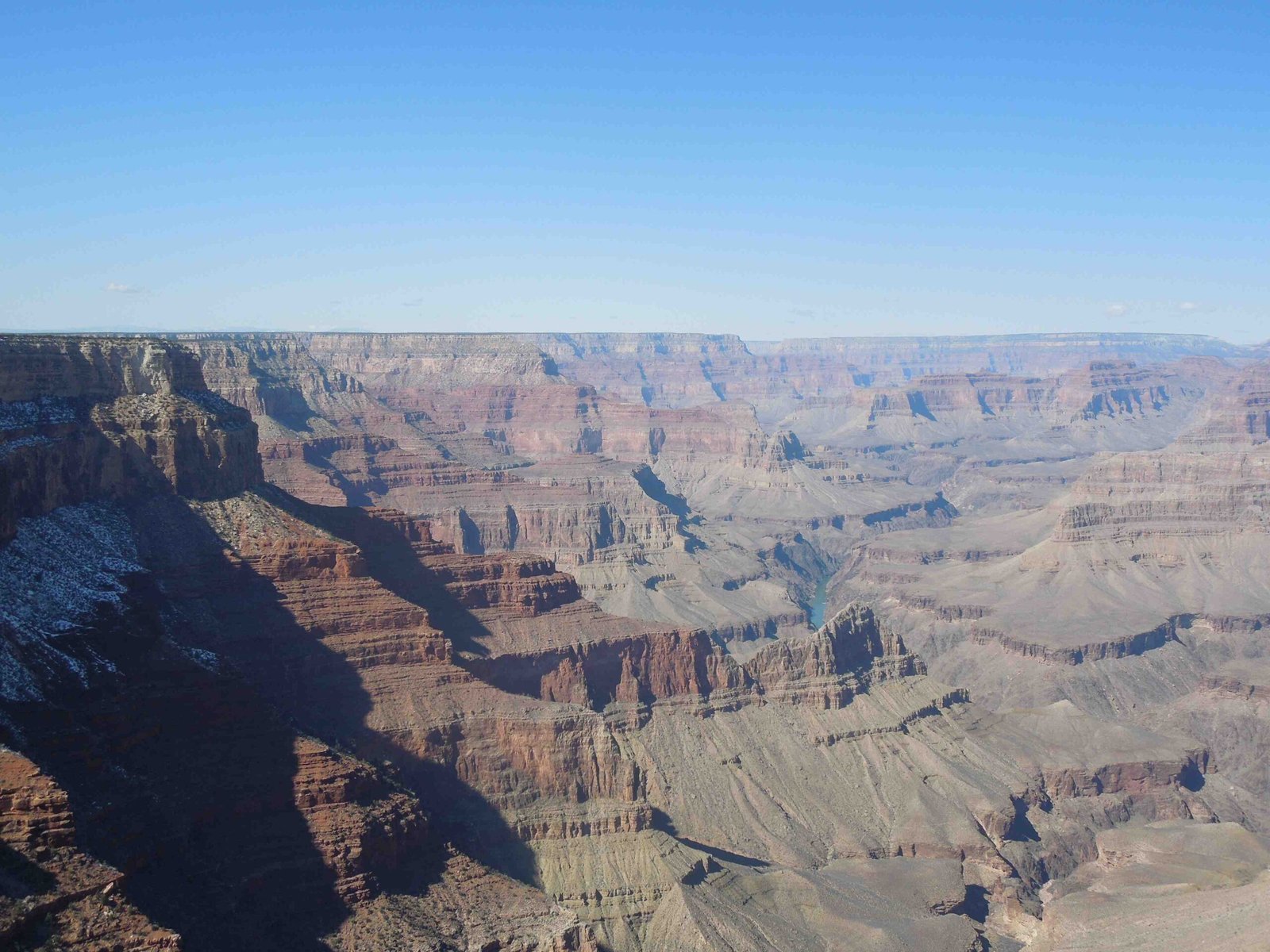The Grand Canyon stands as a testament to the extraordinary power of water erosion, a geological masterpiece sculpted by the Colorado River over an astounding 6 million years. This natural wonder reveals a complex narrative of geological transformation, where layers of rock have been meticulously carved, exposing nearly two billion years of Earth’s geological history through a remarkable process of continuous water-driven erosion.
What Triggers Water Erosion in the Grand Canyon?

Water erosion in the Grand Canyon is a multifaceted process driven by several critical factors:
River Dynamics
- Colorado River Flow: The primary erosive agent
- Annual Water Volume: Historically exceeded 100,000 cubic feet per second
- Sediment Transportation: Carries rock fragments and sediments
Geological Characteristics
- Rock Composition: Varied sedimentary layers with different resistance levels
- Elevation Changes: Significant vertical drop creates powerful water momentum
- Geological Structures: Fractures and fault lines facilitate erosion
How Did Water Progressively Shape the Canyon?

Erosion Mechanisms
- Hydraulic Action
- Water pressure dislodges rock particles
-
Creates mechanical breakdown of rock surfaces
-
Abrasion Process
- Sediments carried by water act like sandpaper
- Gradually wear down rock layers
-
Creates smooth surfaces and deeper channels
-
Chemical Weathering
- Water dissolves mineral components
- Weakens rock structural integrity
- Accelerates physical erosion
What Geological Periods Contributed to Canyon Formation?
| Geological Period | Duration | Significant Contributions |
|---|---|---|
| Precambrian | 1.8 Billion Years | Basement rock formation |
| Paleozoic Era | 550-250 Million Years | Sedimentary layer deposition |
| Cenozoic Era | Last 65 Million Years | Active canyon carving |
What Scientific Evidence Supports Water Erosion?
Research Findings
- Geological stratification reveals distinct erosion patterns
- Radiometric dating confirms progressive landscape transformation
- Sedimentary analysis shows consistent water-driven modifications
Technological Investigations
- Satellite imagery tracks erosion progression
- Geological core samples document layer-by-layer changes
- Advanced computer modeling simulates historical erosion processes
What Challenges Exist in Modern Erosion Dynamics?
Human Intervention
- Dam construction reduces natural water flow
- Controlled river management alters traditional erosion patterns
- Sediment transportation significantly decreased
Climate Impact
- Changing precipitation patterns
- Potential reduction in water volume
- Altered erosive capabilities
Conclusion: A Continuous Geological Narrative
The Grand Canyon represents more than a landscape; it’s a living geological manuscript written by water’s persistent touch. Each layer tells a story of transformation, revealing how patient, continuous processes can create extraordinary natural wonders.
Key Takeaways
- Water erosion is a slow, powerful geological mechanism
- The Grand Canyon formed over approximately 6 million years
- Multiple factors contribute to landscape transformation
References:
– U.S. Geological Survey
– National Park Service
– Geological Society of America

